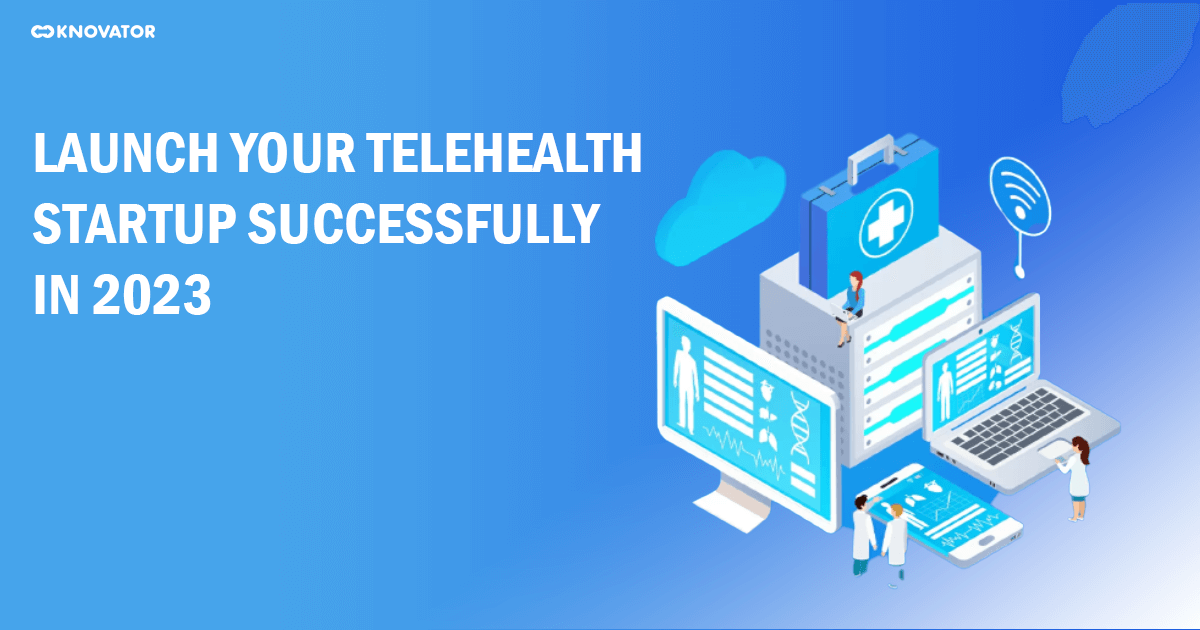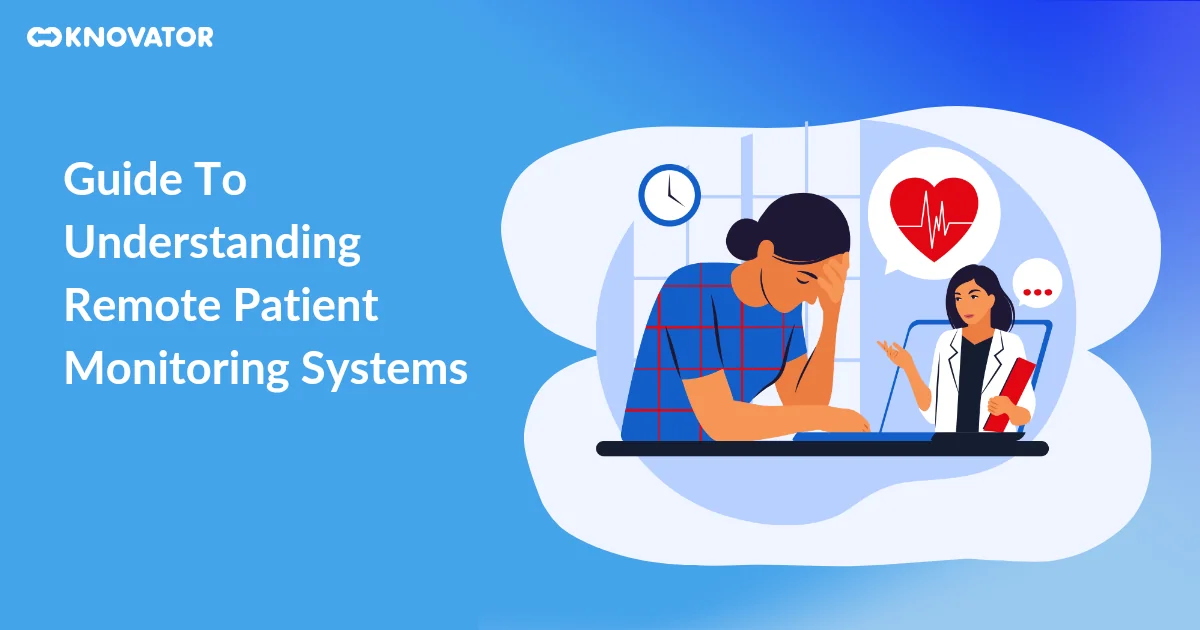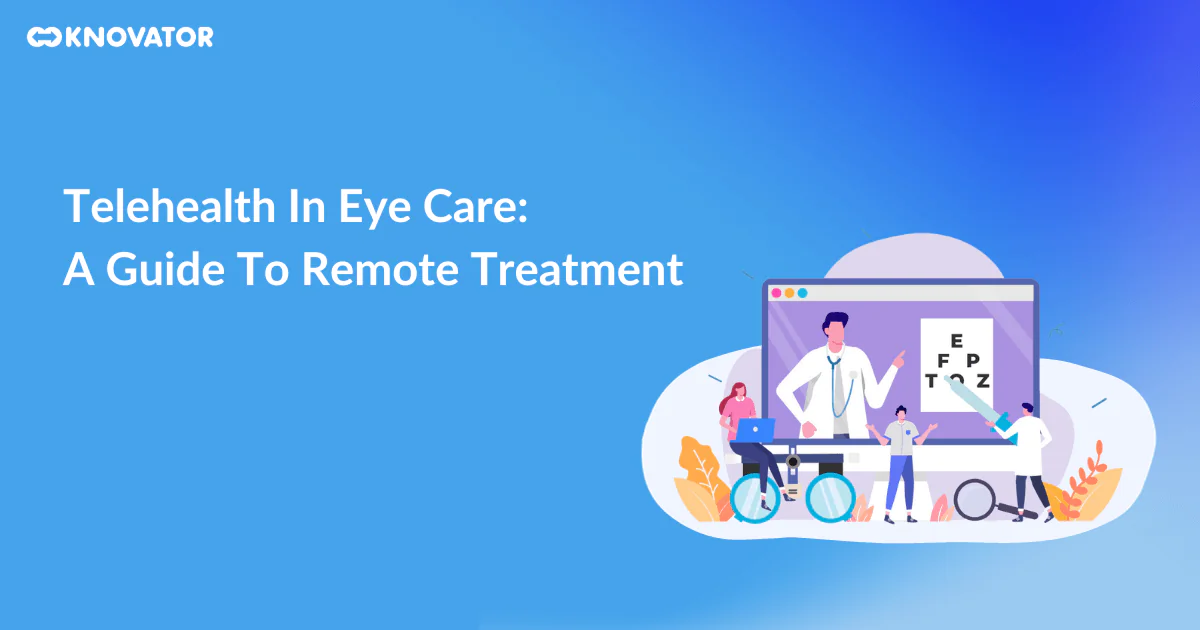Countries around the globe are passing through the phase of challenges and opportunities in different sectors of the healthcare industry. It transforms the whole healthcare system and impacts the health of the citizens.
There is massive pressure on the government and healthcare personnel because of the emerging chronic diseases, expensive treatment, broader access to information, the ageing population and continuous innovations in technology to provide valuable services and maintain growth.
All countries are confronting their own sets of challenges against this backdrop to deliver better outcomes at a reduced cost of burden.
Moreover, new layers of complexity are added by rapidly changing market dynamics and patient demands. All the players across the healthcare service chain are contributing differently to transformation in healthcare directly or indirectly.
They can be doctors, inpatients, outpatients, manufacturers, buyers, or other healthcare personnel.
Your technology partner may work closely with you to understand market dynamics and evolving technologies. They help you to adapt, innovate and compete effectively.
A good technology partner with diverse and deep experience collaborates with your teams at all levels to develop practical solutions to deliver repeatable and sustainable results.
Choose a technology partner capable enough to tailor their offerings to your needs to help you grab new opportunities, resolve problems, reduce cost, navigate complexities and fuel innovation in their operational modules.
All medical personnel take the oath to provide quality healthcare services to their patients. But the question is, is the new wave of expectations accommodated by their infrastructure?
Providing healthcare services in house is not enough. The patients may not be able to visit the clinic or procrastinate checkups. In many cases, unless the patients feel sick, they do not want to schedule an appointment.
Patients need a hassle-free and flexible solution that fits their schedule.
Telehealth solutions provide you with the opportunity to give remote care virtually from anywhere. It also resolves other problems. Let us help you identify the challenges handled with telehealth.
Identify the problem you want to solve.
Problem: Patients live in a rural area
There is a low probability that your patients are coming from the walking distance of your clinic. Most of the time, it happens that your patients are commuting 30 to 60 minutes or more to your clinic.
Such distance from your clinic is making an impact on the patient who is seeking an appointment. Usually, it happens that patients from rural areas opt to wait until they need immediate care.
Related : Benefits of Remote Patient Monitoring
Solution: Live video conference
Telehealth solutions allow you to communicate with your patients from anywhere with a secure live video conference feature.
You can ask questions, conduct your routine checkup, and make real-time conversations with your patient. And, once such a video conference gets over, you and your patient both can quickly get back to their routine lives.
Problem 2: Scheduling appointments is not convenient
If you’re still requiring your patients to call and schedule appointments, you’ve already lost their business.
There is no reason to create inefficiencies by requiring patients to book through a person in scheduling with current technological advancement.
It may risk increasing human error and detours patients from calling when your competitors are already providing such service.
Solution: Online scheduling
Telehealth streamlines the appointment scheduling process by providing a single platform. Patients can get an appointment online, giving back control to your patients. It frees up the time of your staff.
The patients will be able to see the available days and times and get hassle-free booking. You can improve in house operations by eliminating the middleman while enhancing the patient experience.
Problem 3: Your patients lack healthcare coverage
Your patients may not get ready to fix the appointments until an emergency if they lack insurance coverage. They associate their visit with expensive bills without insurance.
Solution: Out-of-pocket virtual visits
You can use telehealthcare for your patients instead of requiring them to see you in person. This way, you can offer them a less expensive service for patients without coverage.
Virtual appointments cut costs of staff tasks and allow you to offer your services with fewer costs. And still, you will make a profit.
Virtual appointments allow you to cut costs by reorganizing your staff’s tasks and let you offer your services for less — while still making a profit.
As it is out of pocket, you will get paid sooner and your patients will feel like they have got a good deal.
Problem 4: Your patients are too sick to drive
It happens many times that your patients deal with some illness and feel it terrible to schedule an in-person appointment.
It defeats the purpose of your practice if you can not provide quality care to your patients in time.
Solution: Appointment as a service
Telehealth allows you to offer quality healthcare from anywhere. It will eliminate the need for the patients to drive to your clinic and put others in danger of contracting whatever they have.
You can quickly diagnose the condition, prepare a care plan and prescribe medication. Also, you can follow up in a few days from the same virtual platform. Your patients will get quality care from the comfort of their homes.
Related : Patient Engagement Solutions
Prepare a business plan.
To make healthcare services reachable as and when required a Telehealth is a safe and scalable solution. It helps to streamline the patient experience and make medical processes smoother, efficient and convenient.
Tech innovations in medicine will soon replace entire traditional healthcare methods. To change people’s lives for the better, telehealth is one effective method.
Some of the best ideas to start your telehealth business are:
- Remote Patient Monitoring
- Asynchronous Telemedicine
- Synchronous Telemedicine
- Self-Diagnostics Application
- NFT in telehealth
- Virtual therapy for mental health
Get a complete insight here: Best ideas to start the new telehealth business in 2024
Identify the right vendor to build the solution.
 You need a technology partner who can provide quality services and a pleasant experience to doctors and patients. It can be possible by choosing the right vendor to build the telehealth app development solution, offering convenient features at both ends.
You need a technology partner who can provide quality services and a pleasant experience to doctors and patients. It can be possible by choosing the right vendor to build the telehealth app development solution, offering convenient features at both ends.
Consider your business model & features
 To retain doctors and patients both on your telehealth platform – your business model and features of your telehealth software should be user friendly and according to their needs. It can be possible by offering convenient telemedicine software development services at both ends.
To retain doctors and patients both on your telehealth platform – your business model and features of your telehealth software should be user friendly and according to their needs. It can be possible by offering convenient telemedicine software development services at both ends.
Either you can prepare a business plan and then prepare a features list accordingly, or first, you can prepare a list of required features and then make a suitable business plan.
Your technology partner should add features like video interaction, SMS notification, scheduling management, patient history and many more. It will set you apart from the competition and ensure you offer a one of a kind service.
Related : Benefits of Buy Hospital Automated Prior Authorization Solution
Assess your resources
 Calculate and assess your available resources and know-how to use them further. There is nothing wrong but the perfect practice to start with small and expand as you grow. To establish a niche, offer limited but quality services.
Calculate and assess your available resources and know-how to use them further. There is nothing wrong but the perfect practice to start with small and expand as you grow. To establish a niche, offer limited but quality services.
Building the right telehealth platform
 When you are offering healthcare services through telehealth, your app is your product. To invest time, effort and capital in building a robust telehealth app makes complete sense that can stand the test of time today and tomorrow.
When you are offering healthcare services through telehealth, your app is your product. To invest time, effort and capital in building a robust telehealth app makes complete sense that can stand the test of time today and tomorrow.
Find a compliance partner to make your solution HIPPA compliant.
 It is vital to proceed with caution when you are choosing HIPAA compliant solutions. Choose the right partner who provides you with HIPAA compliant technology solutions.
It is vital to proceed with caution when you are choosing HIPAA compliant solutions. Choose the right partner who provides you with HIPAA compliant technology solutions.
It will help you stay focused on your business, give faster services and have peace of mind that your systems and data are secure and compliant.
Build a marketing plan
 There are several ways to make marketing plans for telehealth. Some serve as a high-level strategic overview. Others make detailed analytics by assessing market segments, target audience, the position of the industry and more.
There are several ways to make marketing plans for telehealth. Some serve as a high-level strategic overview. Others make detailed analytics by assessing market segments, target audience, the position of the industry and more.
Try to choose the perfect scope and format for your plan.
Launch the business
 The launching of telehealth business includes legal issues such as FDA issues, intellectual property issues, data privacy and security issues, and state laws governing the healthcare services. Prepare a checklist of legal formalities before launch.
The launching of telehealth business includes legal issues such as FDA issues, intellectual property issues, data privacy and security issues, and state laws governing the healthcare services. Prepare a checklist of legal formalities before launch.
Build a support team
 Once the telehealth software gets launched, it is time to carry it to a live environment and into the app stores, from where customers can download it.
Once the telehealth software gets launched, it is time to carry it to a live environment and into the app stores, from where customers can download it.
The telehealth module should incorporate client feedback for better and improved healthcare services.
IOS and Android should receive updates from time to time. It is essential to update the app to make sure to provide the best user experience consistently.
Serve the customer
 Telehealth helps patients to lower the costs of healthcare services. It drives up efficiency and revenue for you and provides your patients better access to healthcare services as and when required. Ultimately they get happier and healthier to stay in your medical organization.
Telehealth helps patients to lower the costs of healthcare services. It drives up efficiency and revenue for you and provides your patients better access to healthcare services as and when required. Ultimately they get happier and healthier to stay in your medical organization.
 Telehealth should be approached – with scientific skepticism and caution with means of communication and a new diagnostic and therapeutic modality.
Telehealth should be approached – with scientific skepticism and caution with means of communication and a new diagnostic and therapeutic modality.
Looking for a tech partner to develop effective telehealth software – Knovator Technologies. With new communication technologies, diagnostic and therapeutic modalities, and scientific skepticism, telehealth should be tackled.
Deep research must be a high priority for efficacy, safety, cost-effectiveness and clinician and patient satisfaction.
Telehealth is working from a distance, but the range of applications has changed it from a technological augmentation of medical care to a novel healthcare system.
The integration process of information technology with the health care system will redefine the future of medical care.










